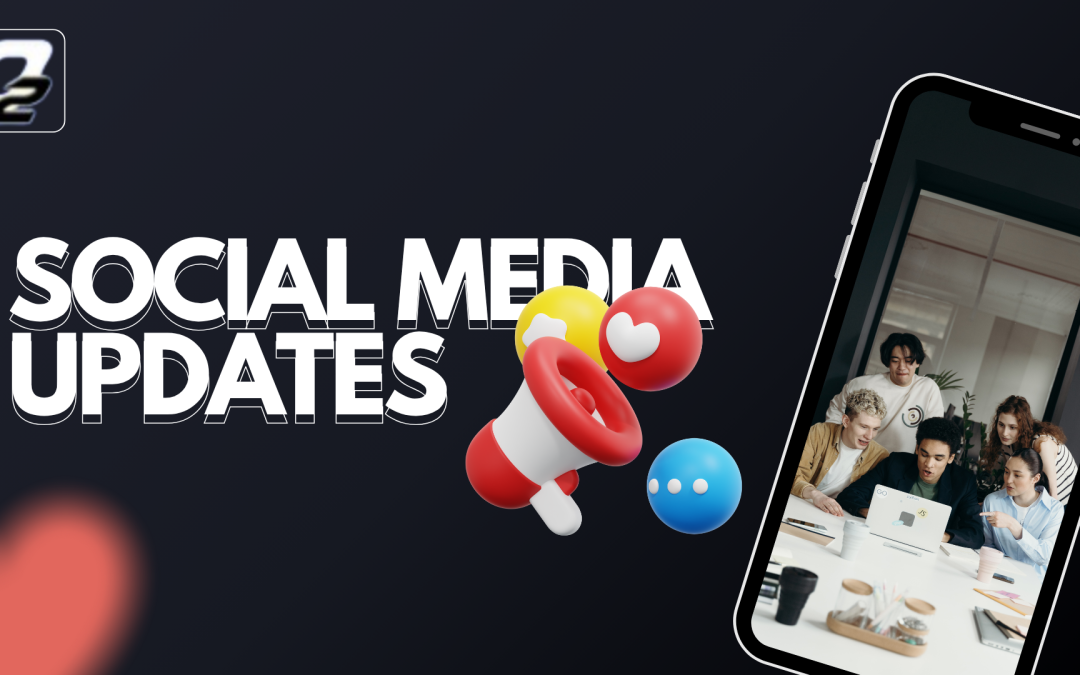Discover the power of social media with the July 2025 update recap. Find out what’s new, what’s trending, and how to make the most of platform changes for marketers and creators.
July 2025 has introduced game-changing updates across social media platforms, giving marketers and creators new ways to grow their audience, improve engagement, and streamline workflows. From Instagram’s improved search visibility to TikTok’s enhanced creator tools, these updates are reshaping digital strategies. Here’s a detailed breakdown of what’s new and how it impacts you.
Instagram: Boosting Visibility and Business Communication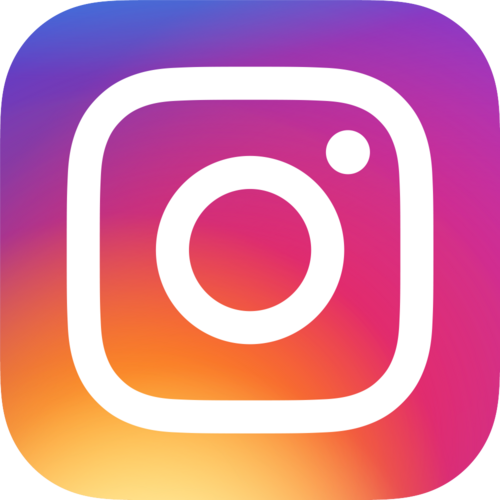
Instagram took a big step by making public posts from professional accounts appear in Google search results starting July 10, 2025. This means brands and creators can now reach more people organically without relying solely on Instagram’s algorithm. Business accounts also got smarter messaging tools, including auto-translation for DMs (launched July 5) and the ability to schedule responses (released July 15) – making it easier to manage customer interactions efficiently. Meanwhile, Threads (Meta’s Twitter alternative) now supports image sharing in direct messages (added July 18), adding a more visual touch to private conversations.
Key Takeaways:
- Professional account posts are now shown in Google search.
- Auto-translation (July 5) and scheduled responses in DMs
- Threads adds image sharing in private messages
TikTok: Stronger Policies and Smarter Posting Features

TikTok rolled out updated Terms of Service (effective July 25), affecting monetisation, branded content, and creator rewards. Users must accept these terms by July 25 to keep earning from the platform. Creators now have more control with in-app post scheduling (launched July 12), eliminating the need for third-party tools. A new “Footnotes” feature is also being tested (from July 20), allowing users to add fact-checking notes to videos – a move toward reducing misinformation. Plus, songwriters finally get recognition, as creators can now credit them directly in posts (feature added July 8).
Key Takeaways:
- New Terms of Service for monetisation and branded content
- Built-in post scheduling feature
- “Footnotes” fact-checking tool in testing
- Ability to credit songwriters in posts
X (Formerly Twitter): Better Ads and More Engaging Reactions
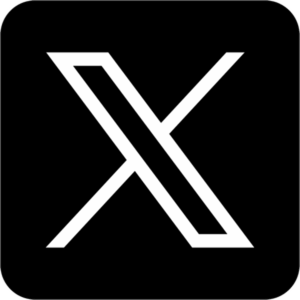
X partnered with AppsFlyer (July 11) to provide advertisers with third-party ad performance tracking, giving marketers more reliable data. The platform is also testing branded watermarks on shared screenshots (from July 17), which could help with tracking and brand visibility. Another exciting update is video reactions – users can now reply to posts with short video clips (launched July 14), making interactions more personal and dynamic.
Key Takeaways:
- Third-party ad tracking via AppsFlyer
- Branded watermarks on screenshots (testing)
- Video reactions to posts
LinkedIn: Advanced Analytics for Professionals
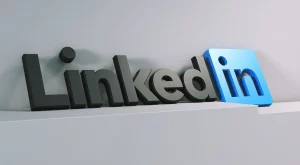
LinkedIn is making it easier for professionals to track their growth with new analytics APIs (released July 7). These tools allow users to monitor follower trends, video performance, and post engagement through third-party apps. The platform also released an updated ad optimisation guide (July 19) to help businesses maximise their return on investment. Additionally, users now get deeper insights into how their posts perform, including how many profile views and new followers each post generates (feature added July 9).
Key Takeaways:
- New analytics APIs for follower and content tracking
- Updated ad optimisation guide
- Detailed post-performance metrics
YouTube: New Discovery Features

YouTube replaced its “Trending” tab with category-specific Charts on July 13, focusing on music, movies and podcasts. On July 16, they began testing live-stream leaderboards to showcase top broadcasts. These changes help creators gain more targeted visibility. The new system rewards consistent engagement rather than just viral moments.
Key Takeaways:
- “Trending” replaced by category-specific Charts
- Live-stream engagement leaderboards in testing
WhatsApp: Smarter Group Chats

WhatsApp introduced AI-generated chat summaries on July 6 to help users stay updated in busy group chats. The feature automatically highlights key points and decisions from conversations. It’s particularly useful for work groups and large family chats. This update saves time by eliminating the need to scroll through long message histories.
Key Takeaways:
- AI-powered group chat summaries
Snapchat: AR Shopping Experience
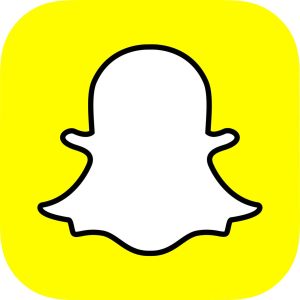
Snapchat partnered with American Eagle on July 4 for an innovative AR shopping campaign. Users can now try on clothes virtually through Snap Map before visiting stores. The feature combines augmented reality with location-based marketing. This creates a seamless shopping experience that bridges online browsing and in-store purchases.
Key Takeaways:
- AR shopping campaign with American Eagle
- Snap Map integration for in-store visits
Reddit: Better Audience Insights
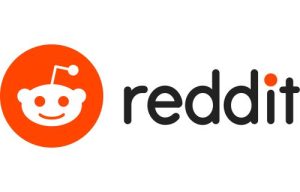
Reddit launched its “Community Intelligence” dashboard on July 3, providing brands with valuable audience behaviour data. The new tool helps marketers analyse trends and refine their targeting strategies. Key aspects include demographic breakdowns and engagement patterns. This update makes Reddit an even more powerful platform for community-driven marketing.
Key Takeaways:
- New Community Intelligence platform
- Audience behaviour insights for brands
Final Thoughts
These updates show that social media platforms are focusing on three key areas: better discovery, smarter analytics, and more engaging interactions. For marketers and creators, adapting to these changes early will be crucial for staying ahead. Whether it’s optimising Instagram posts for Google search, using TikTok’s new scheduling tools, or leveraging LinkedIn’s deeper analytics, there are plenty of opportunities to grow your presence in the second half of 2025.
Frequently Asked Questions (FAQs) – July 2025 Social Media Updates
1. How does Instagram’s Google search integration work for professional accounts?
Starting July 10, 2025, professional Instagram accounts’ public posts will appear in Google search results. This update enhances organic discoverability, allowing brands and creators to reach audiences beyond Instagram’s algorithm. Optimising captions, hashtags, and alt text will improve search rankings.
2. What changes did TikTok make to its Terms of Service?
TikTok’s updated Terms of Service (effective July 25, 2025) include stricter monetisation rules, branded content policies, and Creator Fund adjustments. Users must accept these terms to continue earning. The changes aim to improve transparency and compliance for businesses and creators.
3. How does X’s new video reaction feature work?
X (formerly Twitter) introduced video reactions (July 14, 2025), allowing users to reply to posts with short video clips. This makes engagement more dynamic and personal, similar to TikTok’s video replies. Brands can leverage this for interactive campaigns and customer engagement.
4. What benefits does LinkedIn’s new analytics API offer?
LinkedIn’s analytics API (July 7, 2025) provides deeper insights into follower growth, post performance, and video metrics. Businesses can integrate this data with third-party tools for better campaign tracking and audience analysis.
5. How does WhatsApp’s AI chat summary feature work?
Launched on July 6, 2025, WhatsApp’s AI chat summaries automatically extract key discussion points from group chats. It helps users catch up quickly without scrolling through long conversations—ideal for workgroups, event planning, and large family chats.
